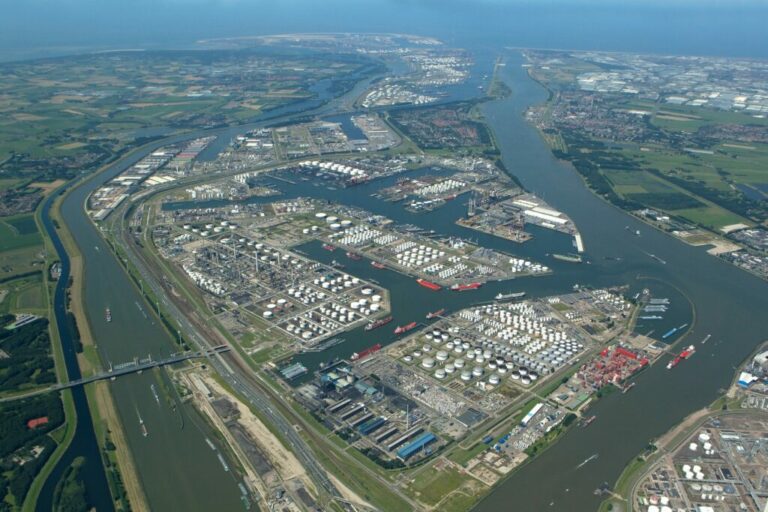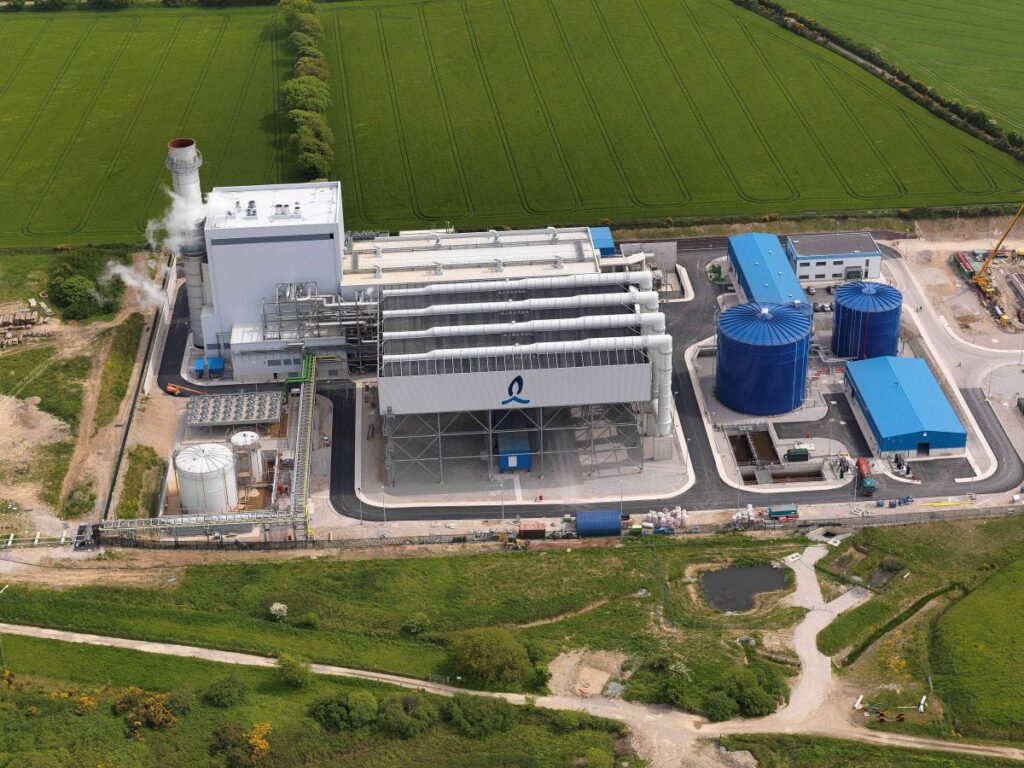New Year’s message from the AEA President
By Hans Vrijenhoef on January 18, 2024

Another year has passed, and what a year it was. Ammonia energy is now firmly on the radar in Europe, especially at the governmental level. Thus far the energy transition has been focused on the development of renewable energy by supporting generation rollout: wind farms, solar parks and some biogas production. However, we now find ourselves struggling with the distribution of this renewable power, difficulties linking biogas with existing gas infrastructure, and problems with making hydrogen mobility fuel cost-effective for automotive markets. It is also well-established that Europe will need to import extra renewable power. Now, the question under examination across Europe is “how can we import, store and distribute all this required green energy?
Studies from the World Bank, McKinsey, Bloomberg, and others all conclude that renewable energy is produced most cheaply in certain areas around the globe, particularly those where wind and or solar have a high capacity factor. These areas are unfortunately not Japan or Europe: two jurisdictions with high, industrialized energy demands but without the renewable resources to fulfill those demands.
Europe therefore needs to import clean energy from other areas, which creates a dilemma. On the one hand, successful decarbonization requires becoming dependent to an extent on other countries supplying energy. But on the other hand, this dependence allows new possibilities. Those countries can expand industry via access to cheap electrons and green molecules, even reaching the point where they compete in surprising markets. This represents an extraordinary opportunity for the developing world, not to mention the potential for fossil-focused, OPEC nations to wean their economies off carbon intensive energy exports.

I’m thrilled to see the growing number of ammonia import terminals under development in Europe. In 2023, we also saw new import/export infrastructure announced in Japan, Korea, the Middle East, Africa and Latin America (amongst others), suggesting that the global trade of low-carbon ammonia is ready to take off. We are still grappling with the chicken-and-egg situation around offtake agreements, but the pathway forward is becoming clearer. Ammonia can be a global fuel of the future, replacing oil and gas.

As leaders in Europe consider solutions to make and/or keep existing industries competitive, we recognize that the added cost of clean feedstock imports can be offset against the added value of lower-carbon products. As a power generation fuel, it is increasingly clear that non-cracked, pure ammonia should be used in engines or gas turbines where possible – this will be the lowest cost and most energy efficient method. Last year saw the first foray of European nations into ammonia power generation. An ammonia-fired gas-turbine facility is planned for Ireland, while Germany has included the use of ammonia “sprinter” power plants in its updated national hydrogen strategy. There will of course be ammonia cracking to feed hydrogen distribution networks from major ports in Europe (think Rotterdam, Wilhelmshaven or Rostock), but direct fuel applications will have just as big of a role in the future energy mix.
In 2024, I wish for all of our members to strengthen their mutual cooperation. Together, we can enable the global trade of low-carbon ammonia in a safe, reliable and cost-effective way. For the new year I wish you and all your colleagues all the wisdom, enthusiasm, and good-health to realize this much-needed breakthrough. And if we can enjoy ourselves along the way, that will be a valuable bonus.
Cheers to a successful 2024!